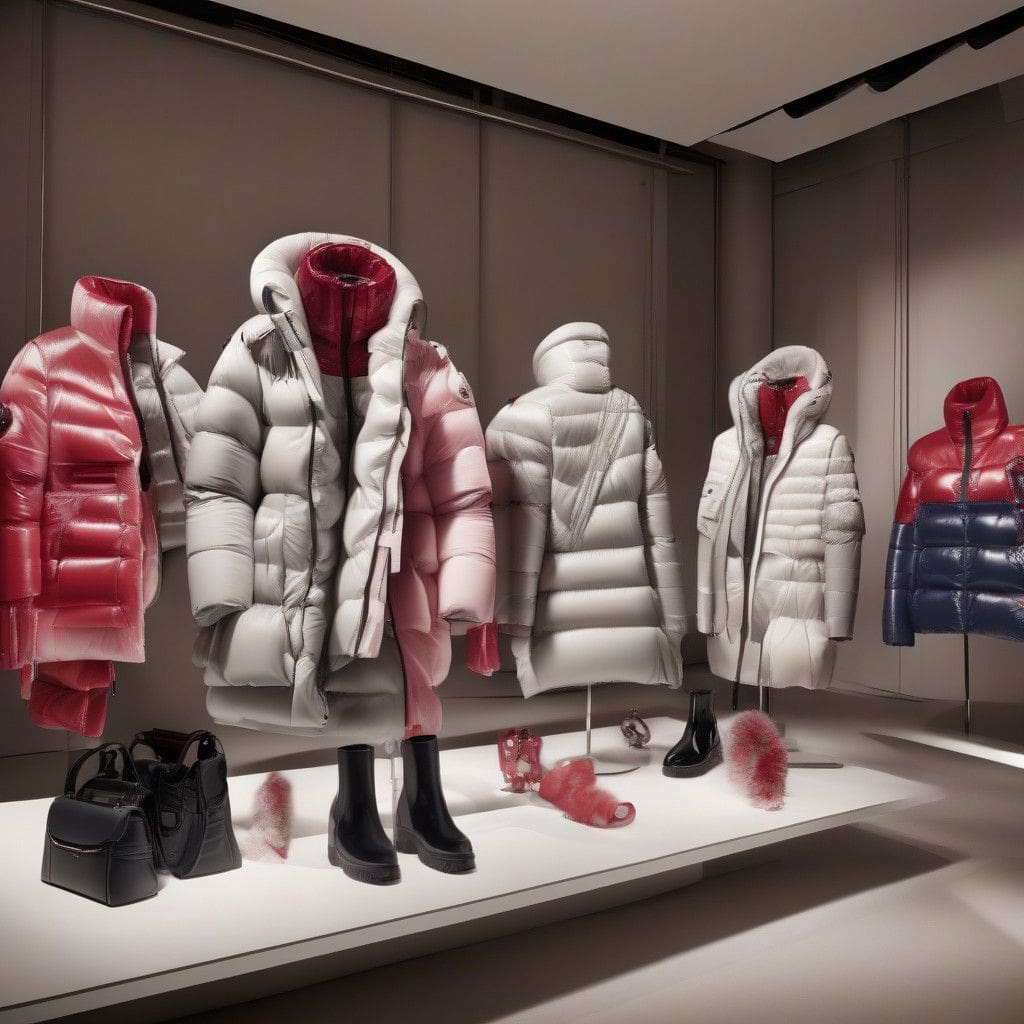October 19 marks an exciting chapter in Moncler’s artistic evolution as it unveils its latest “Genius” project during Shanghai Fashion Week. This ambitious initiative, referred to as the “City of Genius,” spans an impressive 30,000 square feet and features an array of designers, artists, and cultural contributors, each tasked with crafting a unique “house” within this creative metropolis. Remo Ruffini, the visionary CEO of Moncler, describes this moment as a bold move to elevate the brand’s profile not only in China but on the global stage.
The concept of the “City of Genius” is rooted in collaboration, as each designer enjoys complete creative freedom to design and market capsule collections for the Moncler brand. High-profile participants, including Edward Enninful, Donald Glover, and A$AP Rocky, are among those shaping this innovative space. In addition, well-known artists like LuLu Li and design duo Lucie and Luke Meier of Jil Sander contribute their unique perspectives to the project.
Ruffini’s enthusiasm for expanding Moncler’s creative roster is evident. He sees this year’s collaboration list as something he envisioned when he launched the Genius project in Milan in 2018. By moving away from traditional seasonal partnerships and focusing on monthly activations with contemporary creatives, Ruffini successfully injects energy into Moncler’s identity, allowing it to resonate with diverse audiences. The initial phase of Genius included renowned designers such as Jonathan Anderson and Craig Green, alongside cultural icons like Pharrell and Alicia Keys.
Ruffini elaborates on the three key pillars of Moncler: the core collection, the high-performance Grenoble line, and the Genius project itself. “These dimensions allow us to interact with varying cultures and generational perspectives,” he explains. This dynamic approach has become crucial, particularly as the luxury market faces challenges. Yet, Moncler has managed to report double-digit growth in the first half of the year, a notable achievement amid a broader market decline.
While Ruffini acknowledges that Genius might not evolve into a colossal business opportunity, he believes it draws a unique crowd into Moncler stores—people who might not typically engage with high fashion. “The launch of a Genius designer consistently attracts a different audience, infused with a vibrant energy,” he states. This strategic positioning aims to rejuvenate the luxury market, creating connections with customers who seek fresh and exhilarating experiences.
Building the “City of Genius” has also become a personal endeavor for Ruffini. His affection for Shanghai grew since his initial visit in 2005, where he was enchanted by the city’s rapid transformation. “I’ve gained a lot from this city; it felt right to give something back,” he remarks, demonstrating a commitment to celebrating the local culture and creatives.
Ruffini’s leadership has propelled Moncler’s expansion from a modest team of 25 to a workforce of 7,500. However, he admits that dissatisfaction with his achievements often drives him forward. “I’m always looking for the next step,” he confesses, “What can I do better? This is not just my job; it’s my life.” His motivation is palpable, influencing both his professional and personal pursuits, such as his dedication to skiing, a passion he seeks to refine continually.
This meticulous nature is echoed in Ruffini’s collaboration with influential designer Jony Ive. The two have spent three years crafting a four-piece capsule collection, highlighting Ruffini’s commitment to quality and detail. The construction process is emblematic of Ruffini’s vision—prioritizing sustainability without compromising aesthetics. He explains, “We used sustainable nylon, which required us to engage a mill typically focused on interior fabrics to achieve our vision.”
Moreover, the collaborative aspect of Genius goes beyond traditional roles, with contributions from various artists and designers reflecting diverse influences. For instance, Glover’s involvement emerged after Ruffini was moved by his searing work, “This Is America.” Despite Glover’s focus on his farming venture, he ultimately designed a collection tailored to his lifestyle, emphasizing the practicality that Moncler can offer in everyday settings.
Through such collaborations, Ruffini shapes a culture of creative freedom, allowing each designer to bring their perspective while still aligning with Moncler’s identity. This balance is crucial for the Genius project to maintain its relevance in the competitive fashion landscape.
Looking ahead, the “City of Genius” aims to provoke thought and stimulate creativity among industry insiders and consumers alike. The upcoming exhibition serves as a reminder that nurturing the spirit of innovation is essential for keeping the momentum alive in luxury branding.
As Moncler pushes boundaries, it also invites us to reflect on what it means to be a genius. Research from the 1960s suggests that 98% of five-year-olds display genius levels of creative potential, but this figure drastically drops to just 2% by age 25. This insight hints that maintaining curiosity and creativity is an ongoing pursuit, one that Ruffini embodies through his tenacity and relentless drive.
Ultimately, Moncler’s Genius initiative illustrates a model for the future of luxury brands: one that thrives on collaboration, flexibility, and an unwavering commitment to cultural engagement. As the brand prepares for its Shanghai showcase, it sets the stage for a transformative luxury experience, paving the way for future innovations in fashion.











